Growth of Live Music Events and Festivals
The resurgence of live music events and festivals in Japan contributes positively to the audio equipment market. As cultural events gain traction, there is a heightened demand for professional audio equipment to ensure high-quality sound experiences. The market for professional audio systems is expected to grow by 12% in 2025, driven by the need for sound reinforcement in large venues. This growth reflects the increasing investment in audio technology by event organizers, thereby enhancing the audio equipment market in Japan. The synergy between live events and audio technology fosters a vibrant ecosystem for audio equipment.
Rising Popularity of Portable Audio Devices
The audio equipment market in Japan is witnessing a significant rise in the popularity of portable audio devices. With the increasing trend of on-the-go lifestyles, consumers are seeking compact and lightweight audio solutions. Wireless earbuds and portable speakers are particularly favored for their convenience and sound quality. In 2025, the portable audio device segment is projected to account for approximately 30% of the total audio equipment market revenue. This shift towards portability indicates a changing consumer behavior, which is likely to drive further innovation within the audio equipment market in Japan.
Technological Advancements in Audio Equipment
Technological innovations play a crucial role in shaping the audio equipment market in Japan. The introduction of advanced features such as noise cancellation, high-resolution audio, and smart connectivity options enhances user experience. For instance, the integration of artificial intelligence in audio devices allows for personalized sound settings, catering to individual preferences. As of 2025, the market for smart audio devices is expected to grow by 15%, driven by consumer interest in cutting-edge technology. These advancements not only improve sound quality but also contribute to the overall growth of the audio equipment market in Japan.
Increasing Demand for Home Entertainment Systems
The audio equipment market in Japan experiences a notable surge in demand for home entertainment systems. This trend is driven by the growing popularity of streaming services and high-definition content, which necessitate superior audio quality. As consumers increasingly invest in home theaters, the market for audio equipment is projected to expand significantly. In 2025, the market value for home audio systems is estimated to reach approximately $1.5 billion, reflecting a growth rate of around 8% annually. This increasing demand for immersive audio experiences indicates a shift in consumer preferences, thereby influencing the audio equipment market in Japan.
Expansion of E-commerce Platforms for Audio Equipment
The audio equipment market in Japan is significantly influenced by the expansion of e-commerce platforms. As online shopping becomes more prevalent, consumers are increasingly purchasing audio equipment through digital channels. This shift is supported by the convenience of online shopping and the availability of a wider range of products. In 2025, e-commerce is projected to account for over 40% of total audio equipment sales in Japan. This trend not only facilitates access to diverse audio products but also enhances competition among retailers, thereby impacting the audio equipment market positively.

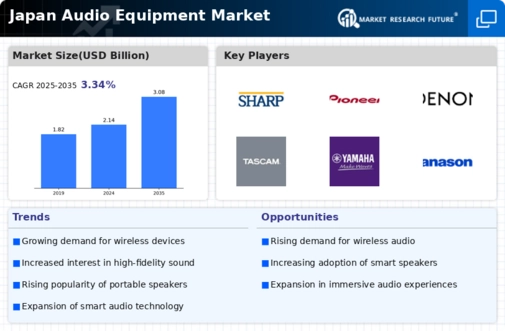
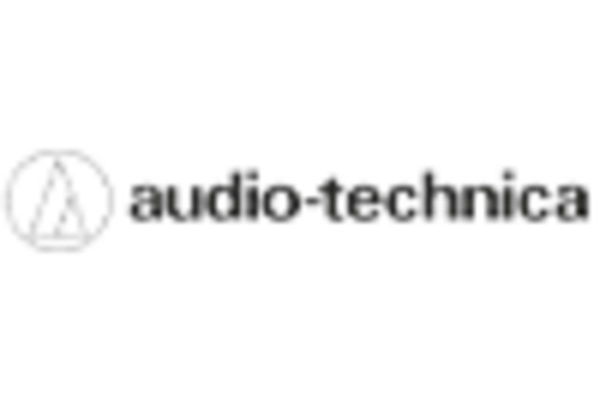
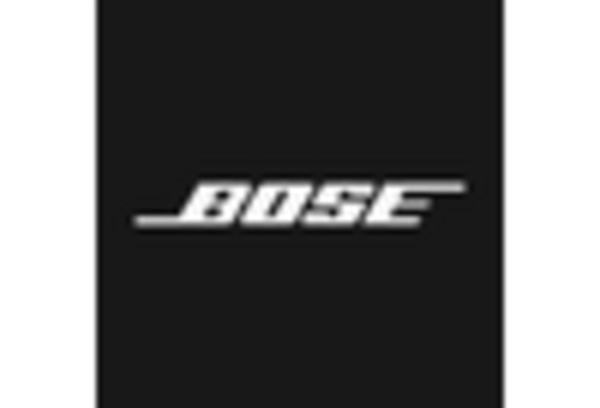

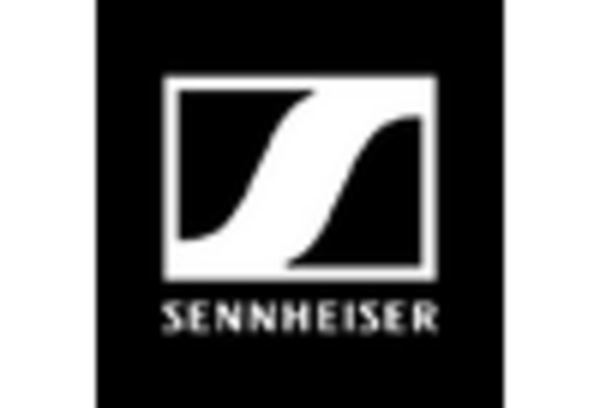
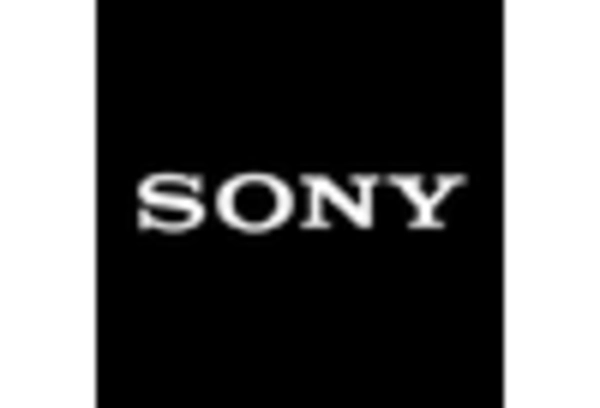
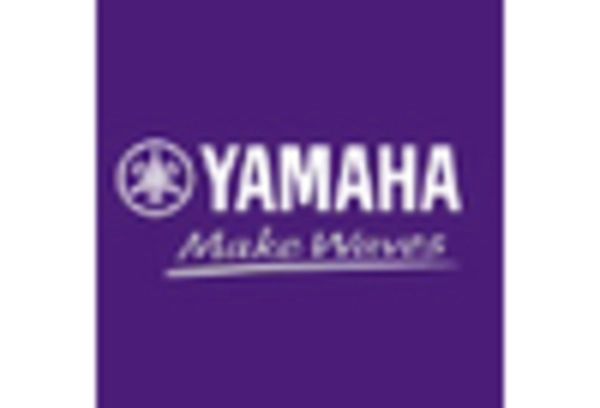








Leave a Comment